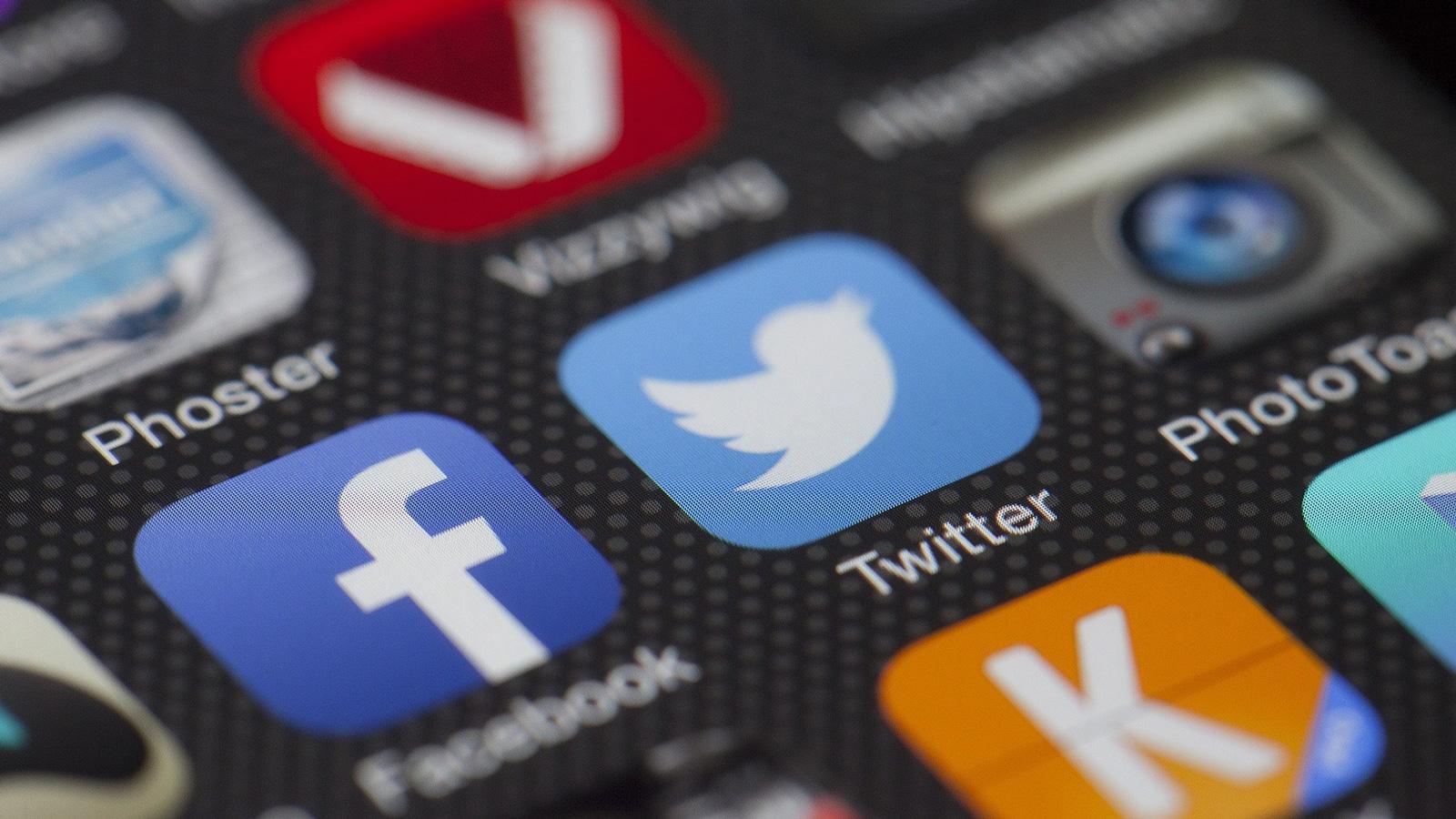Pharma industry ‘squandering opportunities’ on social media, report finds

A PR company publishes its third report in five years on the evolving use of social media by the pharma industry. Ben Hargreaves discovers a less than flattering look at how the industry is taking advantage of the ever-growing audience available across the platforms.
The number of people regularly using social media has exploded in recent years. In the last five years, users of such platforms have doubled, and now the greater majority of the global population is active on social media, with an estimated 4.59 billion users. With this type of media becoming one of the dominant ways to spend time for many people, it is no surprise that advertising spend on social media has also skyrocketed. The pharma industry is no exception to this shift, with digital advertising spend rising rapidly over the last five years – in the US alone, investment increased from $2.02 billion in 2016 to $13.86 billion in 2021, according to Statista.
The difficulty for the pharma industry is that online engagement can be a minefield, with it being one of the most heavily regulated industries in the world. This goes some way to explain why initial uptake of digital channels was slower for pharma companies, and why the industry is still playing catch up. A recent report from Worldcom PR Group found that there is still progress to be made, particularly when it comes to capitalising on the additional attention drawn the industry’s way during the pandemic.
Ticking boxes
Worldcom’s research found that many of the companies involved in its study, which it stated included 25 of the ‘biggest names’ in the industry, possessed a broad spectrum of activity across the various platforms. Of the companies consulted, all except two (Merck and Astellas) possessed Facebook accounts. Similarly, all companies except one were found to have set up international Twitter accounts. On LinkedIn, all organisations were present, while blogs, YouTube, and Instagram were used to some degree.
The exceptions to the widespread utilisation of social media platforms were TikTok, Pinterest, or Snapchat. With TikTok now becoming one of the most used platforms, the lack of utilisation of the platform is of note – though this may be due to the regulated nature of the industry, and the demographic of users being younger than other platforms. In regard to the additional platforms, the report concluded, “The use of the remaining channels, i.e. TikTok, Pinterest, Snapchat, has proved to be so low among our pharmaceutical companies that there is no point in discussing them separately.”
As well as the platforms used, Worldcom’s survey aimed to understand how often and effectively the pharma companies involved engaged on the various platforms. The organisation rated the companies’ use of the social media platform based on various criteria, from the number of country-specific accounts to the number of updates per week, as well as counting the engagement figures. Broadly, the research found that the pharma companies’ use of social media was not fully taking advantage of the opportunity of platforms, despite their use.
Worldcom assigned percentage scores to rate how effectively the mediums were being used, and the organisation found that the average ‘use percentage’ for social channels was just 15%. Some channels represented stronger results than others, with websites predictably featuring a stronger result than most, with an average figure of 78%. This rating was a result of greater efforts to update websites and, particularly, greater localisation in different countries. Company blogs scored the next highest rating at an average effective use of 22%. Further down the scale, the major social media platforms were not considered to have been utilised to their fullest potential, as revealed by the results ranking for each platform: Instagram (13%), Twitter (11%), YouTube (11%), Facebook (9%), and LinkedIn (8%).
Room for improvement
Worldcom recognised in its recommendations that effective use of social media platforms is particularly tricky for pharma compared to peer industries, due to the regulated nature of the industry and the difficulty in using the platforms to promote product use. Despite this, the organisation explained that there is still a strong opportunity to use the platforms to engage in ‘purpose-driven communication’. This involves explaining the value of what is delivered by the company, and how this is achieved. The report notes that there is a particular opportunity here, as COVID-19 dramatically increased public interest in healthcare, “making it easier for companies to be heard”.
Beyond just marketing, the report also explained that developing a message regarding purpose will also help companies to attract and retain talent – as this has become a significant factor when choosing an employer for the generations that have recently entered the workforce.
A major talking point for the report was the need for pharma companies to develop a presence on platforms both globally and locally. Worldcom noted that being able to provide content that has been tailored to the countries where it is being delivered is one way to ensure effective engagement. Extending the point, the organisation stated that use of the local language is “crucial to optimally service […] target groups”, with local language content more adept to reach goals than simply operating in English, even if the target country is proficient in this language.
Drawing conclusions
The report is the third time in five years that Worldcom has produced research into the industry’s use of social media. The organisation outlined some observations of the changes that have developed over these years. In particular, it noted that engagement on Facebook had fallen, and the increasing impact of visual content has seen YouTube gain importance, becoming a standard part of the tool kit for pharma companies.
Overall, regarding pharma performance on social media, Worldcom chose to repeat the same message for the third year in a row:
“In our 2020 report, we quoted the following passage from the 2018 report: ‘the pharma industry has not woken up yet to the opportunity provided by social channels to educate and inform its audiences and to build a brand following. While we recognise that the pharmaceutical sector is heavily regulated and therefore the way companies communicate with […] various target audiences will be very different to consumer organisations, the Digital Monitor shows that many companies may be squandering opportunities to get their messages across.’”
However, as the company notes later in the report, with a new generation of professionals entering the workforce, the industry’s outlook on online marketing has changed, and its visibility on platforms is improving. The key will be to ensure that investment to reach an audience grows, and that work on social media reach develops through a greater focus on its importance. Worldcom concluded that those companies featured in its research “still have their work cut out for them” to achieve this.












